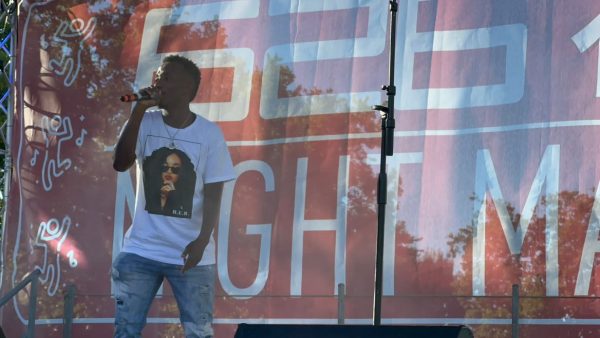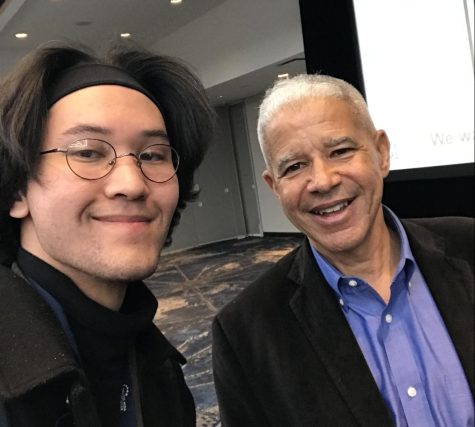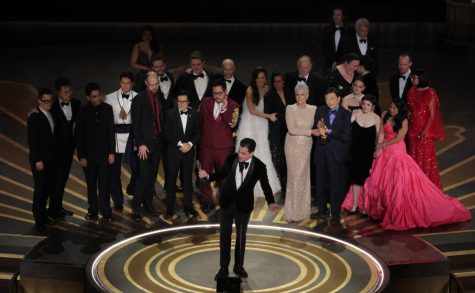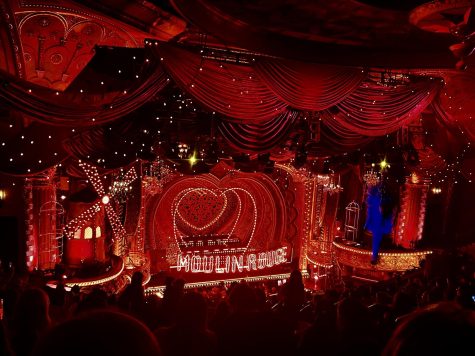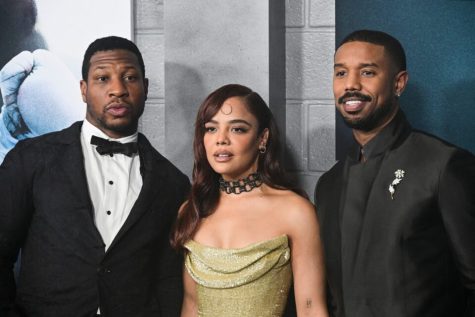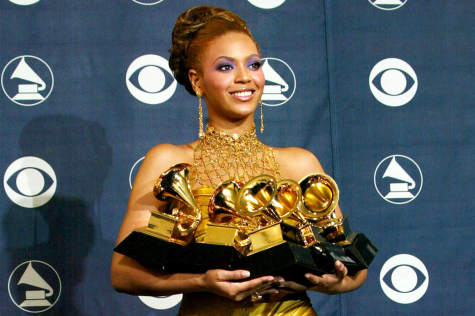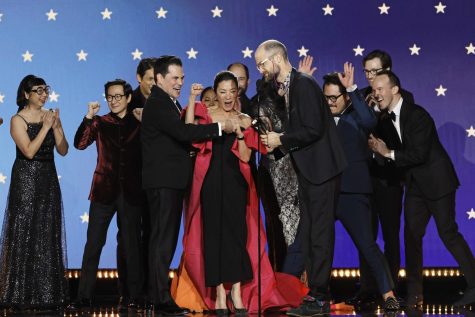Marvel versus DC: Did Civil War truly crush Dawn of Justice?
June 2, 2016
Superhero movies are cranked out faster than you can watch them. Fox, Warner Bros and Marvel predictably release them every year.
On March 25, Warner Bros released Batman v Superman: Dawn of Justice and Marvel followed with Captain America: Civil War on May 6. They are both based on popular comic books and went head-to-head for cinema supremacy. Critics and fans alike predicted that these two films were the biggest comic book films of all time.
Civil War has made $942.9 million worldwide, according to the international gaming website IGN, making it the highest grossing film of 2016 and the 33rd best in history. Dawn of Justice made $868.2 million worldwide. This isn’t such a drastic difference, but when it comes to popular opinion, there is a huge difference: People like Civil War, and they’re just not into Dawn of Justice.
Rotten Tomatoes gave Civil War a 90 percent approval rating, whereas Dawn of Justice received just 27 percent. Critics praised Civil War for being the most mature film to emerge from the Marvel cinematic universe, while Dawn of Justice was panned for lacking heart and being driven mostly by special effects.
I have to agree with them on that. Civil War had a lot of action along with a purpose and cohesive story to back it up; I can’t say the same for Dawn of Justice. To start, the marketing for both films was different. Dawn of Justice gave away a lot of their central plot points and surprises in the trailer, mainly when they introduced the character of Doomsday. He wasn’t initially advertised leading up to the movie, so his appearance would have made a nice surprise. Why give away everything in the trailer?
The Civil War trailers left much to the imagination. They left out the main villain and set up the conflict between Captain America and Iron Man really well. It left the viewers wanting more.
Another way Dawn of Justice went wrong: It tried to cram multiple movies worth of material into a single movie. Originally, this film was meant to be a sequel to 2013’s Man of Steel, where Superman would be the focal point.
It was then announced that the film would be based on the Dark Knight Returns, in which Batman fights Superman. The reception was positive at Comic Con 2015 where a teaser was released: This was finally a superhero movie that could compete with Marvel.
However, things started to go downhill as more characters were announced for the movie, like Wonder Woman, Cyborg, the Flash and Aquaman. DC tried too hard to catch up to Marvel’s cinematic universe.
DC plans to release a Justice League movie in the future, so there would be another team of heroes to compete with the Avengers.
Marvel, on the other hand, has taken its time developing its cinematic universe. It started back in 2008 with Iron Man, which gave it eight years to develop into what it is today. That’s why Civil War is able to get away with having most of the Avengers in it, because they’ve been introduced and developed in their own movies over the years; they weren’t just thrown in.
Dawn of Justice aimed to go in the opposite direction — to use their movie to include all these characters and then later explore them more in-depth through their own movies.
When it came to competing with Marvel, it fell flat. It didn’t try to be its own movie, it tried to become a franchise.
These two movies were the most anticipated of 2016. A large portion of the audience came from people like me who are into the comic books and seem to know what these movies entail. Batman, Superman, Captain America and Iron Man are iconic characters, and watching them fight each other on the big screen is something that we thought we’d never see.
The big appeal of superhero movies is that they attract comic book readers and reel in new fans through the movies. The comic book readers enjoy them because they know the source material and it’s a sight to see when comic panels come alive. On the flip side, casual fans can enjoy the movies because they’re fun to watch. Moviegoers are looking for something different, and these types of movies provide that.
However, Dawn of Justice wasn’t the catastrophe it was made out to be. The fact that it was trying to play catch-up is what really doomed it. Had it focused on being its own movie, it would have fared a lot better with proper character development, letting the DC cinematic universe grow organically.
All in all, both movies duked it out, but ultimately Civil War came out on top. It’s not a matter of fans being sheep and praising everything Marvel produces; this movie was legitimately good and critics and the box office can attest to that. Dawn of Justice was lacking and DC wonders what it needs to do to catch up to Marvel.
However, it doesn’t need to catch up; it just needs to make quality movies. Marvel is going to keep on trucking with releases planned up until 2019 and DC is reevaluating its plan in order to create their own unique franchise.








